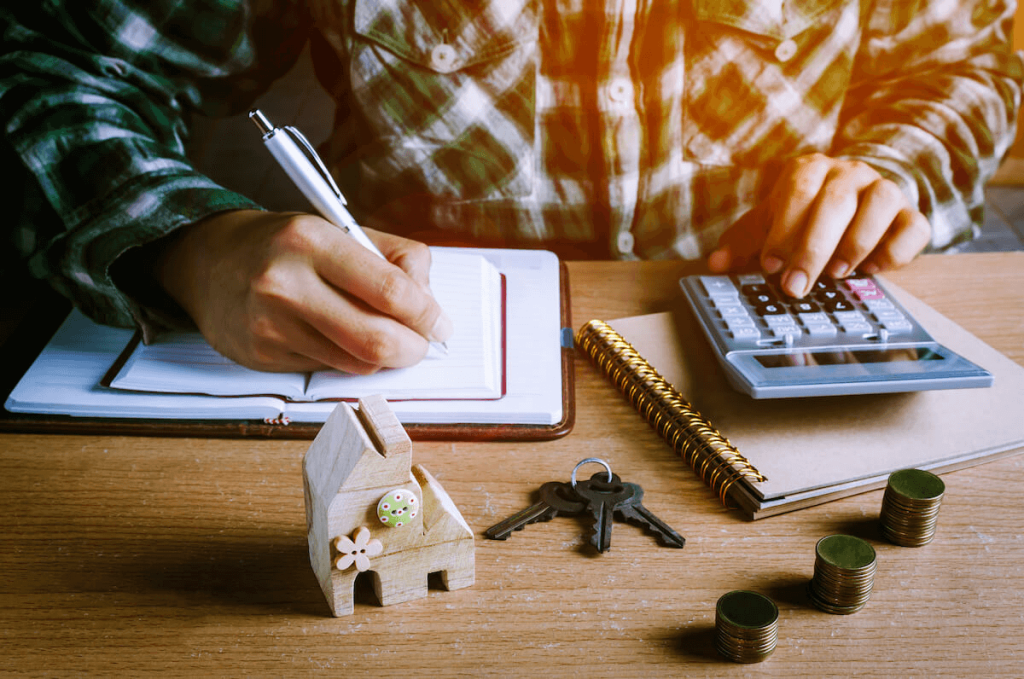
The cost of living in the Philippines is expected to continue to rise in 2023 due to inflation and the increasing global demand for commodities. The Philippine government pipelines new and improved infrastructure projects that will impact on the costs of necessities like water and electricity. In addition, the prices of goods and services are expected to rise as the economy continues to grow.
Despite the increasing cost of living, many foreigners still choose to live in the Philippines’ major cities because of its natural gems, leisure activities, hospitable people, and vibrant culture. These are considered important factors to consider when making any long-term financial commitments. Their monies still afford them to live comfortably in our country. The cost of housing and other essentials will also continue to rise as more people move into cities. With careful planning, it is still possible to live comfortably in the Philippines on an efficient budget.
The cost of living in the Philippines in 2023
The cost of living in the Philippines has been rising recently, and it is now one of the most expensive countries to live in Southeast Asia. The average monthly cost for a single person is around $500, while for a family of four, it is roughly around $2,000. The cost of living in Manila, the capital city, and large cities like Cebu City, is even higher. A single person needs at least $600 average monthly budget to live comfortably, with a family of four needing at least $2,500 average monthly net salary. The monthly cost for rent alone can be as high as $1,000 for a two-bedroom apartment.
The cost of accommodation in the Philippines
The living index across the Philippines has changed over time. In the past decades, Filipino workers earn way below the average salary standards, without proper health insurance and other benefits — barely covering their living expenses. Recently, however, as the economy of the Philippines rebounds, the country’s working-class or average person are able to afford themselves a comfortable life. The cost of living in Manila, for example, is now comparable to that of other cities in the world.
The cost of rent and other utilities vary on location, but it is generally affordable. A one-bedroom apartment in the city center can cost as little as $250 per month, while a three-bedroom apartment in the suburbs can be rented for around $700 per month.
If you are looking for something more luxurious, then expect to pay a higher cost of about $2,000 per month for a high-end condo or villa. Of course, these rental costs change depending on current market conditions.
When it comes to finding accommodation in the Philippines, it is important to remember that there is something for everyone. Whether you are on a budget or looking for something luxurious, you will be able to find what you are looking for.
The cost of food, transportation, and utilities in the Philippines

The food costs and beverages in the Philippines is relatively cheaper, especially when you compare cost to Western countries. A typical meal at local restaurants will cost around 200 pesos (US$4), while a fast food meal is cheaper at around 100 pesos (US$2). A trip to the can cost between 1,000-2,000 pesos (US$20-40), assuming that you are buying basic necessities.
Alcohol is also relatively cheaper than imported brands. A beer bottle in the Philippines is only at 40 pesos (US$0.80), while a bottle of wine starts at around 350 pesos (US$7). If you want to save even more money, you can always buy your alcohol from a local store, where it will even be cheaper.
Transportation costs have likewise changed over time in the Philippines. In the past, transportation was quite expensive and only available to those who can afford it. Today, however, transportation is much more affordable and accessible to everyone. There are now many options for public transport, including buses and trains, which make it easy to get around without spending a lot.
Transportation costs vary depending on the mode of transportation used. Public transportation such as buses and trains are very affordable, with fares starting at just $0.25 per ride. However, taxis and private cars are more expensive, with rates starting at $2-$3 per kilometer.
Utilities such as electricity and water are also reasonably priced in the Philippines. The average monthly electricity bill for a family of four is approximately $50, while the average monthly water bill is around $15.
What factors impact the cost of living in the Philippines
The cost of living in the Philippines varies depending on several factors. For one, the location of your residence will impact a lot on your living expenses — whether you live in a city center, rural areas, or remote areas. Then there’s your lifestyle choices and leisure activities which are usually dictated by your average salary.
The most expensive cities to live in is in the capital city of Manila, followed by Cebu and Davao, Philippines. The cost of living in these cities is significantly higher than in other parts of the country.
If you want to live a more luxurious lifestyle, be prepared to shell out higher cost for things like housing, rent, food, and leisure activities. However, if you’re willing to live a simpler life, you can find ways to save money or streamline your living expenses.
Your income also plays a role in how much you’ll spend on living costs. If you earn a higher salary, you can afford to spend more on housing and other necessities. However, if your income is lower, you’ll need to be more mindful of your spending to make ends meet. Bottom line, live within your means.
How to save money when living in the Philippines
Of course, even in a country with a low cost of living, it’s still possible to spend more money than you need to. If you want to save money when living in the Philippines, you must have a solid financial plan. There are a few things you can do:
Stick to a budget
This may seem obvious, but it’s important to remember that even daily expenses like public transport fares can add up over time. By setting and sticking to a budget, you can ensure that you don’t overspend on unnecessary items.
Shop around for better deals
Don’t be afraid to bargain for lower prices on goods and services in local markets. In many cases, businesses will be willing to give you a discount if you haggle with them.
Avoid unnecessary luxuries
Just because something is affordable doesn’t mean you need it. Ask yourself if you need that new gadget or expensive piece of clothing before making a purchase. Chances are, you can live without it just fine.
Invest in long-term savings plans
It’s always a good idea to have some money saved up for emergencies, but it’s also important to think about the future.
While the cost of living in the Philippines has increased over time, it remains one of the most reasonable places to live in comparison to the most expensive city and other countries. The cost of living depends on where you choose to live, your lifestyle, and how much money you have available. As long as you plan and budget properly, it is possible to find a home that fits within your budget based on the average monthly rent while still enjoying all the amazing benefits that come with living in this tropical paradise. With so many options at hand, there’s no reason why anyone should not consider relocating to or visiting this beautiful country.


